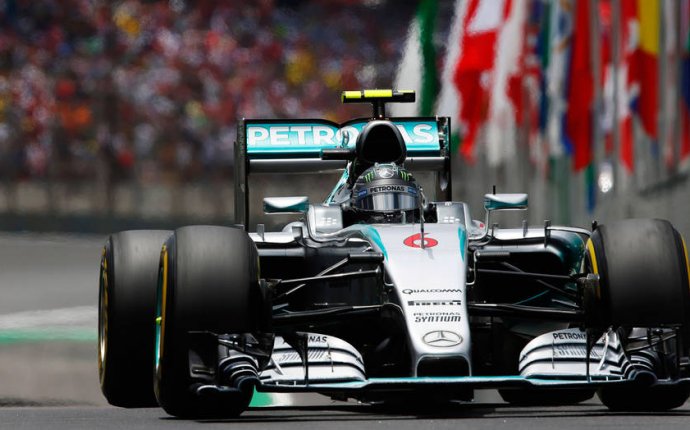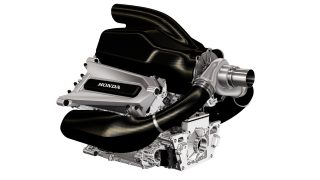
Formula 1 Race Car specs
 What the sporting regulations say:
What the sporting regulations say:
- Unless he drives for more than one team, each driver may use no more than four power units during a championship season. The only exception is where the power unit is provided by a manufacturer or supplier taking part in its first championship season, in which case up to five may be used by a driver.
- The power unit is deemed to consist of six separate elements: the internal combustion engine (ICE), the motor generator unit-kinetic (MGU-K), the motor generator unit-heat (MGU-H), the energy store (ES), turbocharger (TC) and control electronics (CE).
- Each driver is permitted to use only four of each of the above six elements during a championship season and any combination of them may be fitted to a car at any one time. Should a driver use more than four of any of the six power unit elements during the course of a season, a grid penalty will be imposed.
- The penalties imposed for using additional elements work thus: the first time a fifth of any of the elements is used, a ten-place grid penalty will be imposed. A five-place grid penalty will then be imposed the first time a fifth of any of the remaining elements is used. Likewise, the first time a sixth of any of the elements is used, a ten-place grid penalty will be imposed, and so on.
- During any single event, if a driver introduces more than one of a power unit element that is subject to a grid penalty, only the last element fitted may be used at subsequent events without further penalty.
- If a driver is replaced at any time during the season his replacement will be deemed to be the original driver for the purposes of assessing power unit usage.
- Teams may only use homologated power units.
What the technical regulations say:
- The internal combustion engine of a Formula One car must 1.6-litres in capacity and rev-limited to 15, 000rpm.
- The engine must also have six cylinders arranged in a 90-degree formation, with two inlet and two exhaust valves per cylinder and a single turbocharger.
- Engines exhaust systems must have a single tailpipe for the turbine and either one or two tailpipes for the wastegate.
- Fuel flow to the engine is limited to 100 kilograms/hour.
- The use of any device, other than the engine and one MGU-K, to propel the car, is not permitted.
- The overall weight of the power unit must be a minimum of 145kg. The Energy Store must be installed wholly within the survival cell and must weigh between 20kg and 25kg.
- The crankcase and cylinder block of the engine must be made of cast or wrought aluminium alloys - the use of composite materials is not allowed. The crankshaft and camshafts must be made from an iron-based alloy, pistons from an aluminium alloy and valves from alloys based on iron, nickel, cobalt or titanium.
- The MGU-H must be solely mechanically linked to the exhaust turbine of the pressure charging system. The MGU-K must be solely and permanently mechanically linked to the powertrain before the main clutch.
- A maximum of 4MJ per lap can be transferred from the ES to the MGU-K (and then in turn to the drivetrain).
- A maximum of 2MJ per lap can be transferred from the MGU-K to the ES.
- An unlimited amount of energy can be transferred between the MGU-H and the ES and/or MGU-K.
- With the exception of cars starting a race from the pit lane, the MGU-K may only be used during a race start once the car has reached 100km/h.
Source: www.formula1.com









